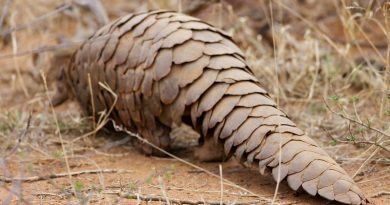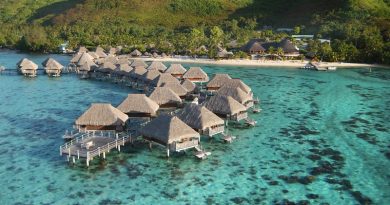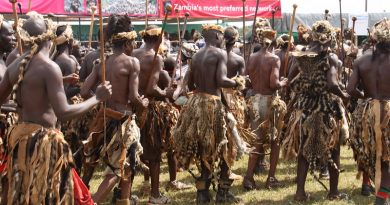The Kalahari Desert
The Kalahari Desert is a vast semi-arid sandy savanna located in Southern Africa, covering parts of Botswana, Namibia, and South Africa.
The Kalahari spans roughly 900,000 square kilometers (about 350,000 square miles). While often referred to as a desert, it is technically a semi-desert due to its vegetation and wildlife.
The climate is characterized by extreme temperatures, with hot summers and relatively mild winters. Rainfall is scarce, averaging around 250 mm (10 inches) per year, primarily occurring during the summer months.
The Kalahari supports a variety of plant and animal life, including acacia trees, grasses, and shrubs. Wildlife includes species such as the Kalahari lion, cheetahs ,meerkats, springboks, and various birds.
The desert is also home to the San people, who have adapted to the harsh conditions and have a deep understanding of the local ecology.
Also known as Bushmen), they have lived in the region for thousands of years. Their traditional lifestyle includes hunting and gathering, and they possess a rich cultural heritage with unique languages, art, and spiritual beliefs.

The Kalahari is known for its distinctive features, such as the Makgadikgadi Pan, one of the largest salt flats in the world, which is the remnant of an ancient lake. The Deception Valley and the Central Kalahari Game Reserve are also notable areas for wildlife viewing.
While the Kalahari’s arid conditions limit agriculture, it has some economic activities, including tourism and diamond mining, particularly in Botswana.
Notable features include the Okavango Delta in the Kalahari’s northern edge which is a unique inland delta, the Central Kalahari Game Reserve in Botswana, one of the largest protected areas in the world, and Kgalagadi Transfrontier Park in South Africa & Namibia, famous for predator sightings.
The best time to visit is from May to October which is the cooler, dry season.
Destinations: South Africa, Botswana, Namibia




